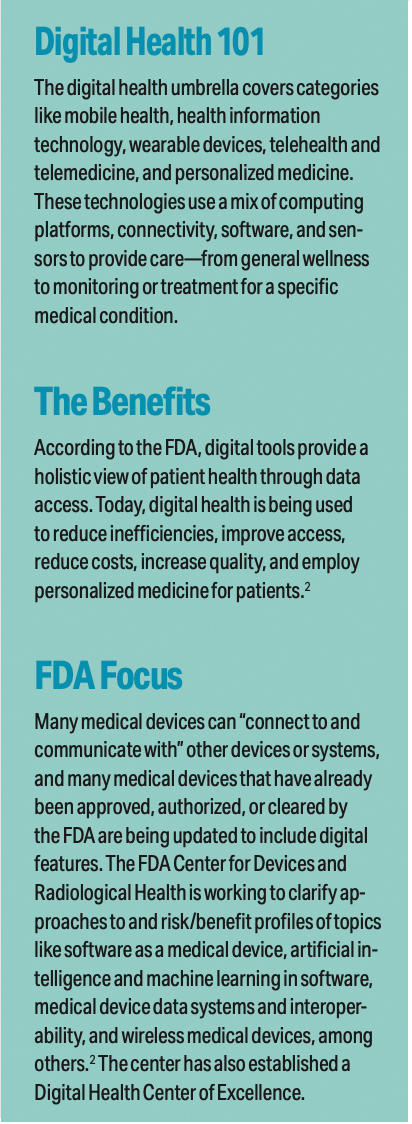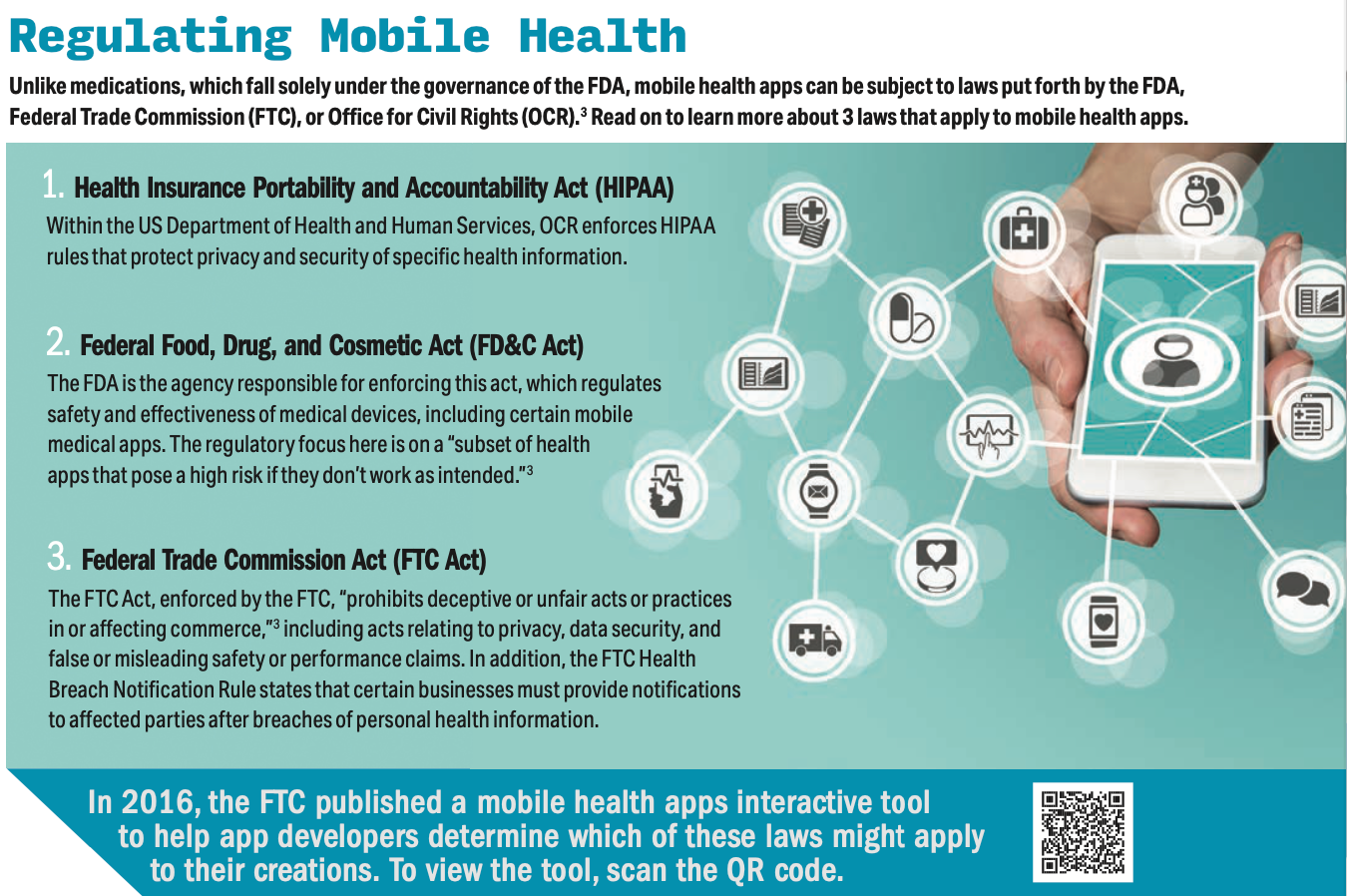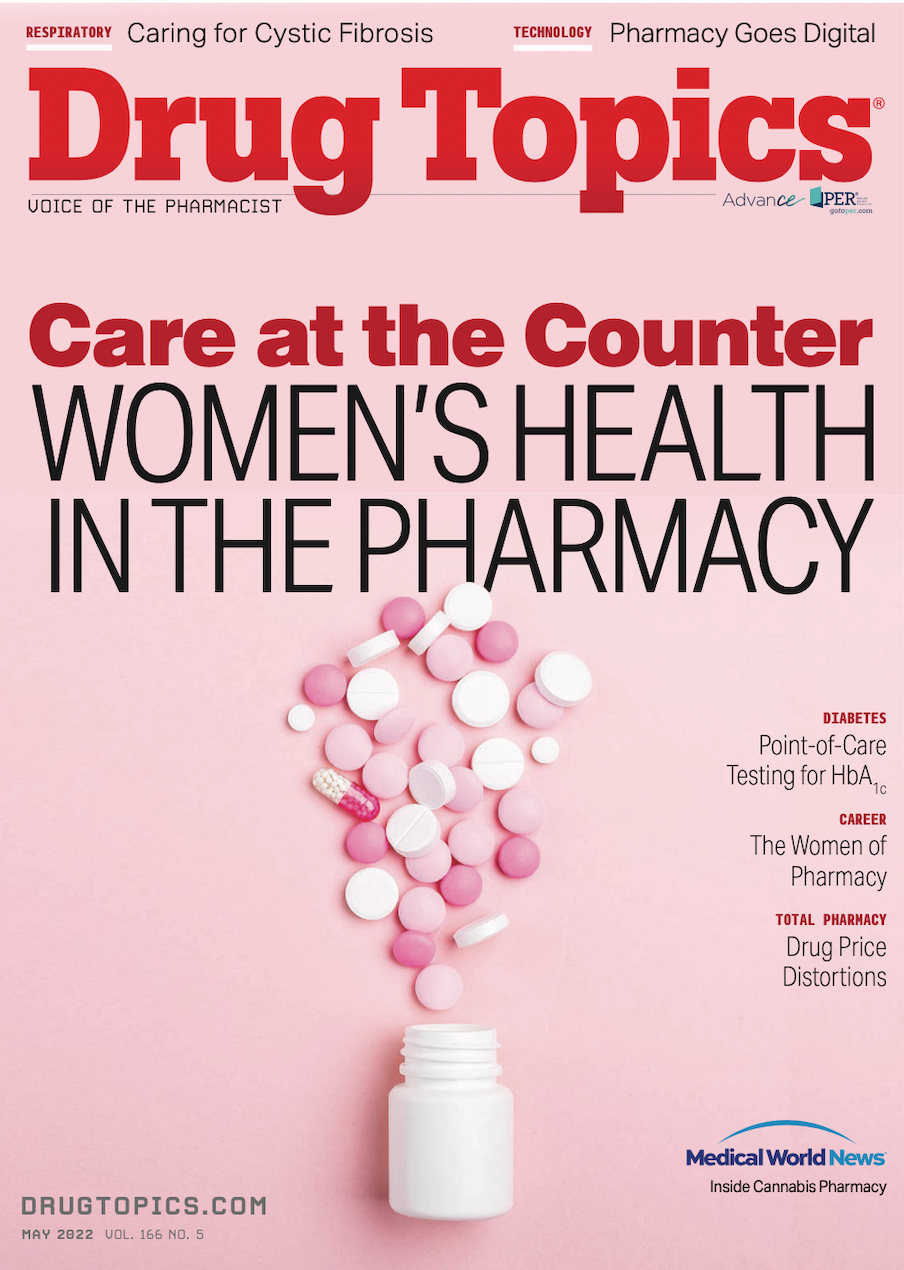The Future of Pharmacy is Digital
Patients need digital pharmacists to monitor the growing armamentarium of digital therapeutics and the flood of patient-specific data
New career paths are appearing in pharmacy, and these career paths are digital ones. The FDA is approving growing numbers of digital products to monitor and treat patients, building on a growing acceptance of wearable products to monitor health, health apps to guide daily activities, smart pill dispensers to monitor and improve adherence, and much more.
“Technology is changing the patient journey,” said Timothy Aungst, PharmD, Associate Professor of Pharmacy Practice at the Massachusetts College of Pharmacy and Health Sciences. “Digital health is mainstream, accelerated by the COVID-19 pandemic and telehealth. We need to catch up with digital resources, not stay tied to legacy approaches. Digital health needs digital pharmacists.”
Aungst explored ways pharmacists can move practice into the digital world during his presentation at the American Pharmacists Association (APhA) 2022 Annual Meeting & Exposition, held in San Antonio, Texas.
Digital health is hardly a new concept, he explained. Digital monitoring and mechanical health alerts have long been standard for cars and trucks in the United States. In humans, though, digital health includes a growing variety of sensors, mobile apps, telehealth applications, artificial intelligence, voice assistances, robotics, and automation. Most patients—80%, Aungst noted—already use the Internet to search for health information, and 42% of adults use digital health tracking devices. The first smart toilets, to monitor urine and feces for glucose, blood, and other biomarkers, are poised to enter the market soon.
Digital Health 101

“Patients have become consumers of health and the home is becoming the center of care,” Aungst said. “We need to move away from a product-based model towards a focus on services empowered by digital technology, meeting patients where they are, and adopting a consumer-first mentality. This is the future of how we will deliver care for patients.”
The broad umbrella of digital health includes multiple overlapping technologies, approaches, audiences, and uses:
- platforms for healthcare systems, clinics, and other enterprise settings, including pharmacy
- technology platforms and support systems for clinicians and support staff
- patient-facing products that capture, store, or transmit health data
- products to diagnose, guide diagnosis, or monitor patients directly
- products that deliver medical interventions and therapies
When it comes to regulatory oversight, guidance varies. Most digital health platforms and products don’t require clinical evidence or regulatory oversight. Digital medicine, evidence-based software and/or hardware that measure or intervene in human health, may require regulatory oversight, and digital therapeutics (DTx) that deliver evidence-based therapeutic interventions do require regulatory oversight based on product claims of risk, efficacy, and intended use.
Regulating Mobile Heatlh

“The goal of all this technology is to have it work in the background of our lives and only intervene when needed,” Aungst said. “We have more in our toolkit to help patients. It’s not just medications anymore.”
For example, EndeavorRx, the first FDA-cleared game, treats ADHD as an adjunct to therapy, medications, and or education programs. RESET and RESET-O, the first FDA-approved DTx platform, is used with pharmacologic therapy for substance use disorder and opioid use disorder. “There are other DTx products in chronic disease management, oncology, ophthalmology, and [women’s] health,” Aungst said. “We need to incorporate all of these developments into patient care within the pharmacy space.”
That means rethinking pharmacy services. Current health monitoring is intermittent, when the patient visits the pharmacy for a refill and maybe a blood pressure check. Data collection is spotty and can be subjective. Digital health integrates real-time patient monitoring to detect and treat problems at an earlier stage to improve outcomes. Data collection is continuous and objective.
Most asthma patients do not use inhalers correctly, Aungst noted. Apps can provide real-time technique feedback to improve drug delivery and outcomes. Diabetes is similarly poised for digitally guided outcomes.
“We have the tools today and more are coming,” he said. “Digital health guided medication management is what we need to latch onto for better medication management and better outcomes.”
Just as consumers expect retail sellers to offer digital access, pharmacy patients expect a digital front door into health-related services, medications, and interactions. The pharmacy may no longer be the sole source of medications, Aungst cautioned—but pharmacy can expand as the hub of medication management and related services. Payers are already moving to digital, and pharmacists have a clear role for medication optimization.
“It’s time for us to meet patients where they are and adopt a consumer-first mentality,” Aungst concluded. “And we need to show payers that we can do this, otherwise we’re not going to get paid. We need data showing not just clinical impact but data that shows economic impact as well.”
References
- Aungst T. Digital health 101. Presented at: American Pharmacists Association 2022 Annual Meeting & Exposition; March 18-21, 2022; San Antonio, TX.
- What is digital health? FDA. Updated September 22, 2020. Accessed April 4, 2022. https://www.fda.gov/medical-devices/digital-health-center-excellence/what-digital-health
- Mobile health apps interactive tool. Federal Trade Commission. April 2016. Accessed April 4, 2022. https://www.ftc.gov/business-guidance/resources/mobile-health-apps-interactive-tool
